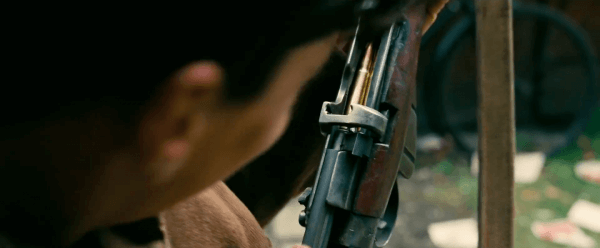Dunkirk – Movie Explained
So before I jump right into the pools of superlative adjectives, let me clarify don’t expect to connect with a singular character and don’t even dare to face up with some really mushy and cranky conversations which is promised to pamper your deep Socrateous soul because let’s just get real this time.. in a war zone a brave-heart soldier does not pick up a machine gun and kill 100 enemies with a twitch of his thumb; rather he remains horrified, shell-shocked and vivaciously vulnerable. The mighty bullets simply act as his support system not a tool of offense.

Let’s cut to the chase shall we? Dunkirk takes you to the zone from very first second. Nolan finished a movie with 106 minutes so be a good lad and imagine the compact propaganda of the script. The torn pamphlets of the Nazis, the buried soldiers into the sand are designed to keep you glued to the seat. The repeated storyline, wrapped under a baffling time frame has been mastered with the help of Imax camera angles.

A blue horizon where the afternoon sun is pouring its steady radiance into the English Channel, two ships are burning far away the smokes coming out are converging together and creating an illusion of “hope” – waiting in the clouds, ready to come out at any time. This is just a hint of brilliance of the cinematography, in case you have not watched it yet you are missing something big. NO! let me correct myself here, you are missing a massive visual spectacle.
The Film has 3 souls. Tom hardy’s eyes behind the oxygen mask from a spitfire’s cockpit; Mark Rylance’s stoicism behind the wheels of a boat and the survival spirit of the characters which basically function as the central nervous system. I beg to differ if someone says that Dunkirk is not a war movie, rather a story of endurance. No it’s not, it’s a better portrayal of the war than Michael Bay’s pearl harbor any day… There is no dramatic explosions, there is no gigantic missile popping out of a submarine but that does not mean the brutality is anywhere neglected upon. The ticklish clock on the fuel tank, the desperate Fionn Whitehead’s moral backbone for Gibson summarizes it up for us.



but they gave them more and a lot more. Which practically is the heart of the movie. War tears us apart but brings a lot of us together as well. A defeated soldier is a matter of loss but not of shame. Between the teeth of horror, survival shouts as “No surrender”. Continuance bears the red cross of strength and unbreakable enigma and Nolan has been able to hit the exact right spots to achieve them. The jammed wheels of of Tom Hardy’s spitfire ended up burning on the beach where it left a long scratch on the sands behind. It has been 2.5 hours since I watched the movie and it’s pretty safe to say the similar scars from this war are still making it’s mark on the back of my mind. And god damn it , it’s going to last a long long time – at least until the time. I see the golden statue between his two hands on the red carpet making an extravagant speech.















Try to provide download link too :/
Blog shuru hone se pehle hi band karwane ka irada hai kya? 🙂
post 1970’s most of the great war movies had an element of anti war realism. Nolan moved a bit away from it by merging the anti war realism with a patriotic theme which was prevalent in old british war films. Also by focussing on single character on all the three fronts(air, water and land) audience is drawn more into the film and can feel for the character.Also the use of music was fantastic. The ticking of clock gave an urgency to the film and kept audience at edge of their seats.. Brilliant effort overall..